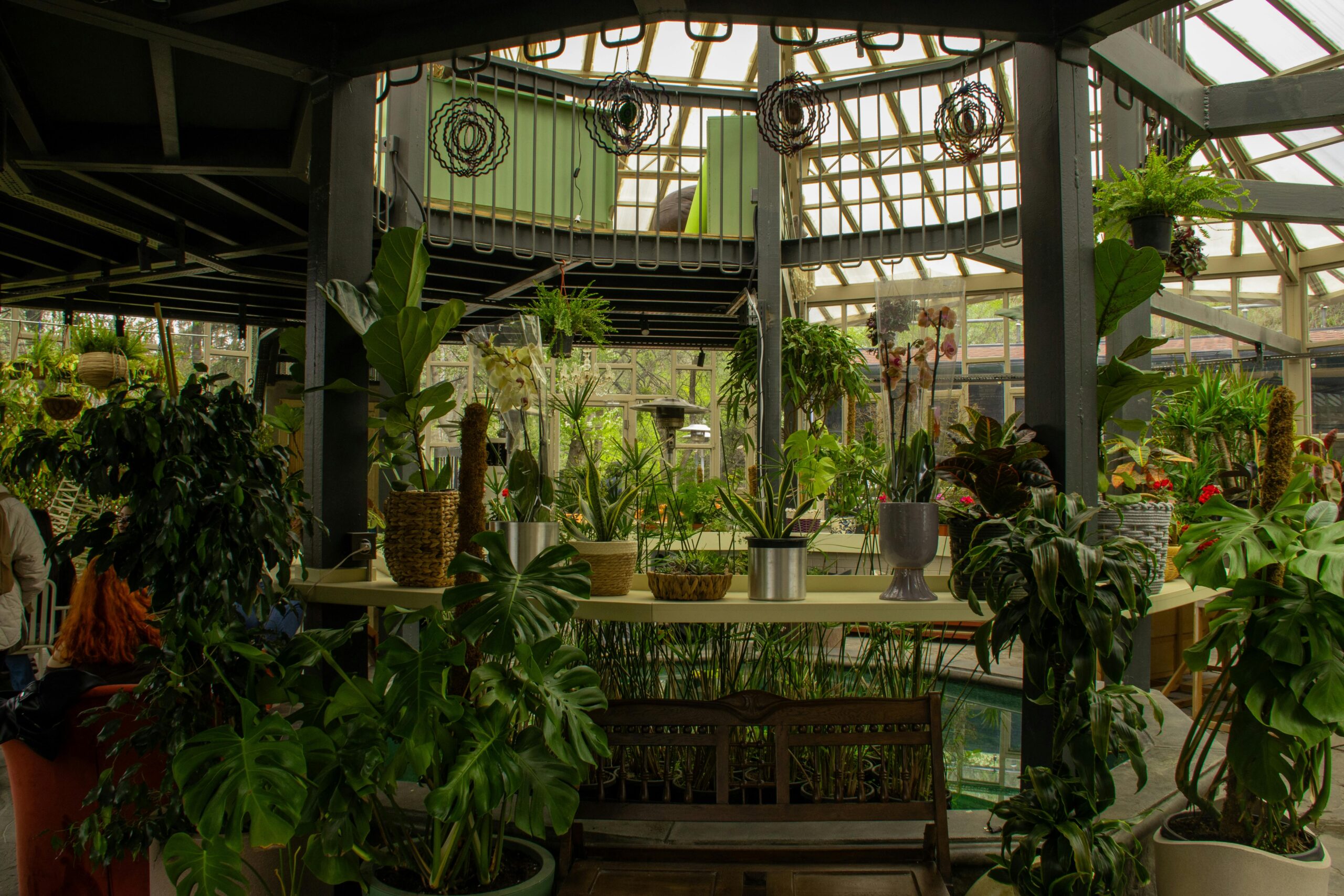The Significance of Cremation in Modern Society
Cremation has become an increasingly popular choice for end-of-life arrangements around the world. This shift is attributed to various factors, including environmental concerns, cost-effectiveness, and cultural acceptance. Cremation offers a practical alternative to traditional burials, which often require more land and resources. In many urban areas where space is limited, cremation provides a viable solution. Additionally, it aligns with the values of those who prefer a minimalistic approach to their final rites.
Another reason for the growing preference for cremation is its flexibility. Families can choose to keep the ashes in an urn, scatter them in a meaningful location, or even incorporate them into keepsakes or memorial jewelry. This flexibility allows for personalized memorials that reflect the unique life and wishes of the deceased. Moreover, as societies become more diverse, cremation is often seen as a respectful option that transcends various cultural and religious practices.
Overall, the significance of cremation in modern society lies in its ability to adapt to contemporary needs and values, providing a respectful and dignified way to honor the deceased while addressing practical considerations.
The Cremation Process Explained
The cremation process is both technical and respectful, designed to ensure that the deceased is treated with dignity throughout. It begins with the preparation of the body, which is typically placed in a combustible container. This container is then transferred to the cremation chamber, also known as a retort. The chamber is preheated to a temperature between 1400 to 1800 degrees Fahrenheit, ensuring efficient combustion.
Once the body is placed in the chamber, the cremation process takes approximately two to three hours. During this time, the intense heat reduces the body to bone fragments. These fragments are then carefully collected and processed into a fine powder, commonly referred to as ashes or cremated remains. It is important to note that each cremation is conducted individually to maintain the integrity of the process.
After the cremation is complete, the ashes are placed in an urn or another chosen container. Families may then decide how they wish to handle the remains, whether it be through scattering, burial, or keeping them in a special location. The entire process is regulated to ensure safety and respect for the deceased, with facilities adhering to strict guidelines and standards.
Environmental and Ethical Considerations
As awareness of environmental issues grows, many people are considering the ecological impact of their end-of-life choices. Cremation is often viewed as a more environmentally friendly option compared to traditional burial. It eliminates the need for embalming chemicals and reduces land usage, which is particularly relevant in densely populated areas.
However, the cremation process itself does produce emissions, leading to ongoing discussions about how to minimize its environmental footprint. Innovations in cremation technology, such as the use of filters and more efficient equipment, aim to reduce emissions and improve sustainability. Additionally, some facilities offer “green cremation” options that utilize water-based methods instead of flame, further reducing environmental impact.
Ethically, cremation is often seen as a respectful way to honor the deceased while allowing families to make choices that align with their beliefs and values. It provides a sense of closure and can be tailored to meet the specific wishes of the individual and their loved ones. As such, cremation continues to be a well-regarded option for those seeking a meaningful and conscientious way to say goodbye.






